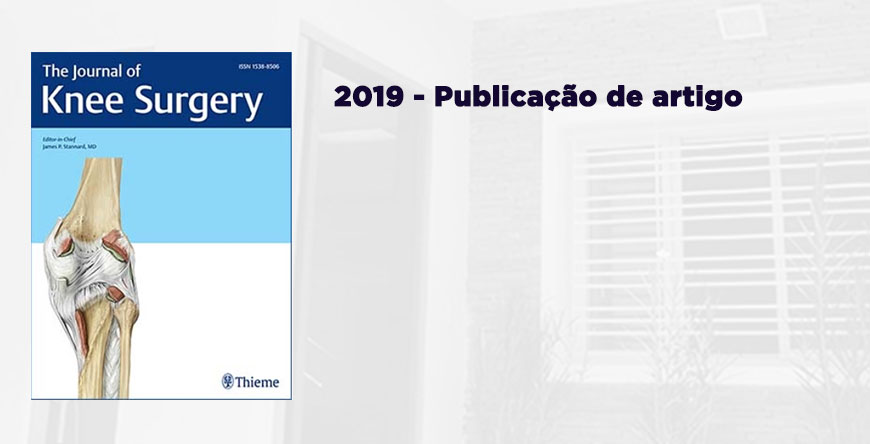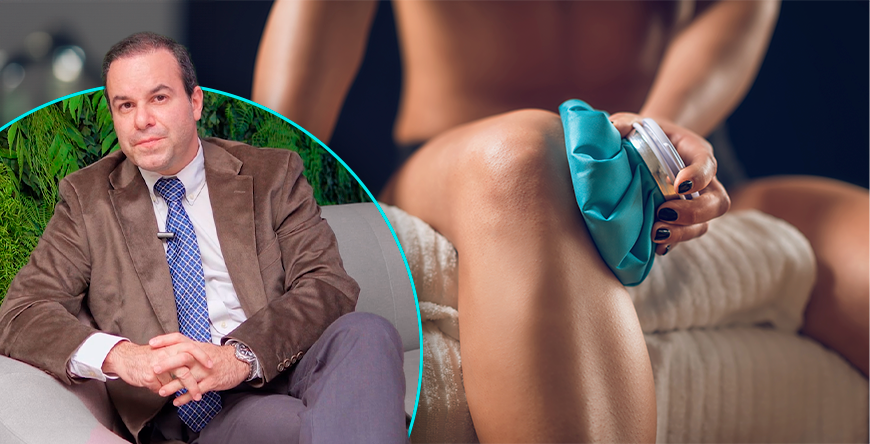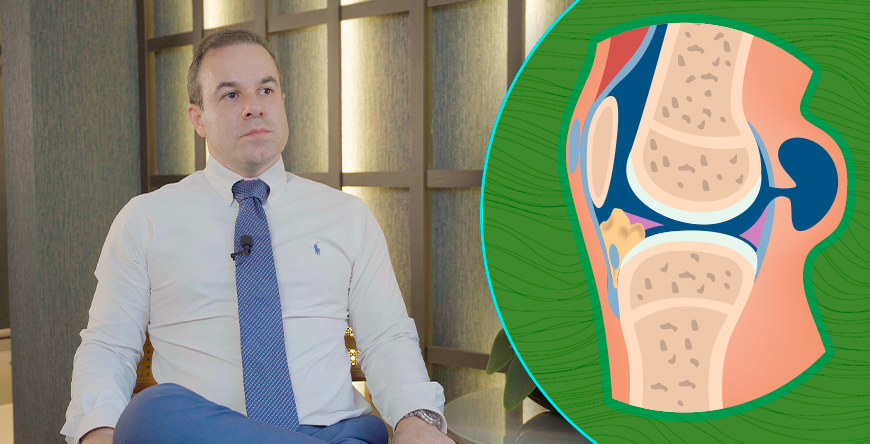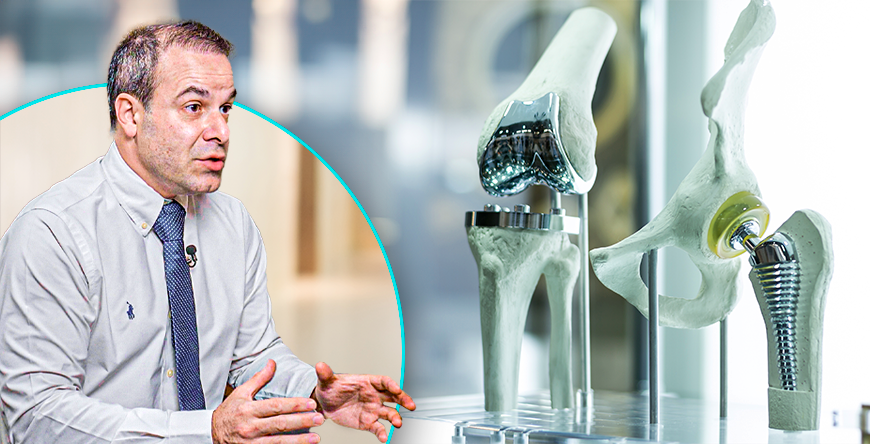Artigos e Notícias
Home / Artigos e Notícias

Postado por: Dr Diego Astur
Publicação de artigo: “ Higher Axial Tibiofemoral Rotation and Functional Outcomes with Mobile-Bearing Compared with Fixed-Bearing Total Knee Arthroplasty at 1- but Not at 2-Year Follow-Up - A Randomized Clinical Trial.”
The objective of this study was to determine in vivo knee kinematics and clinical outcomes of patients who underwent fixed- and mobile-bearing total knee arthroplasty (TKA) at 1- and 2-year follow-up. This prospective double-blinded randomized controlled trial was performed from November 2011 to December 2012. A total of 64 patients were randomized to fixed- and mobile-bearing TKA groups (32 patients in each group). All patients were evaluated with the following: three-dimensional in vivo knee kinematics analysis during gait, stepping up and stepping down stair steps, and getting up from and sitting on a chair; and knee range of motion and patient-reported outcome measures (Knee Outcome Survey Activities of Daily Living Scale [KOS-ADLS] and pain visual analog scale [VAS]) at 1- and 2-year follow-up. Descriptive statistics (means, standard deviations, and percentages) were calculated for all variables. The Kolmogorov–Smirnov test was used to test if variables were normally distributed. A Student's t-test was used to compare continuous variables between patients in the two groups. The chi-square test was used to compare the groups with respect to categorical variables. The αlevel for statistical significance was set at p < 0.05. The mean axial tibiofemoral rotation in patients who underwent mobile-bearing TKA was significantly higher during gait (13.3 vs. 10.7), stepping up (12.8 vs. 10) stair steps, and getting up (16.1 vs. 12.1) from a chair compared with fixed-bearing TKA patients at 1-year follow-up (p < 0.05). KOS-ADLS function score was significantly higher in the mobile-bearing compared with the fixed-bearing TKA group (32 vs. 27.7) at 1-year follow-up (p < 0.05). No significant difference in kinematics and clinical outcomes between fixed- and mobile-bearing TKA groups was observed at 2-year follow-up (p > 0.05). Based on the results of this study, mobile-bearing TKA allowed a higher degree of rotation when walking, stepping up stair steps, and standing up from a chair, and had higher functional outcomes compared with fixed-bearing TKA at 1-year follow-up. However, no difference in in vivo kinematics or in clinical outcomes was observed between fixed- and mobile-bearing prostheses at 2-year follow-up.
Todos os comentários
Escreva um comentário
Comentário enviado com sucesso.
Aguarde à aprovação do mesmo!
Houve um erro ao enviar seu comentário.


